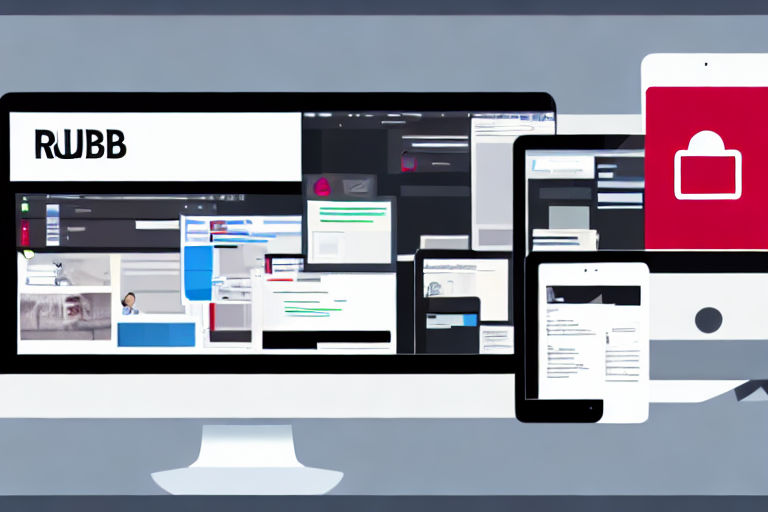10 Best Tips for Developing Secure Ruby on Rails Applications
Ruby on Rails is one of the most popular web application frameworks used by developers. In order to develop secure Ruby on Rails applications, it is important to follow certain best practices. In this post, we will be discussing the top 10 best tips for developing secure Ruby on Rails applications.
1. Keep Your Ruby on Rails Version Updated
Ruby on Rails developers should always use the latest version of the framework. By using the latest version, you will be able to take advantage of the latest features, improvements and security fixes. It is recommended to keep your Ruby on Rails version updated at all times.
2. Use Secure Session Management
Session management is a part of web security that deals with managing user sessions. In Ruby on Rails, it is highly recommended to use secure session management. This includes using a unique session ID, enforcing session timeouts, and storing session data securely.
3. Sanitize User Input
One of the most common security vulnerabilities in web applications is injection attacks. These attacks are caused by un-sanitized user input. To prevent such attacks in your Ruby on Rails application, always sanitize user input, use parameterized queries, and avoid using raw SQL queries.
4. Use Strong Passwords and Authentication Methods
In order to secure user accounts, you must use strong passwords and authentication methods. Never store passwords in plain text. Instead, use encryption algorithms such as bcrypt to store passwords securely.
5. Implement Cross-Site Request Forgery (CSRF) Protection
Protection against CSRF attacks is important for secure web applications. Ruby on Rails provides built-in CSRF protection. To use this protection, simply add the csrf_meta_tags to your application layout and include the protect_from_forgery method in your controllers.
6. Only Allow Necessary Database Access
Limiting the database access is important to prevent unauthorized access to data. Only allow necessary database access by setting up user permissions, and avoid using a root-level account or unrestricted SQL queries.
7. Use SSL/TLS to Encrypt Data in Transit
All data transmitted over the internet should be encrypted to prevent eavesdropping. Use SSL/TLS to encrypt data in transit, especially sensitive data such as login credentials, credit card information, and personal information.
8. Avoid Storing Sensitive Data in Cookies
Cookies are often used to store user information. However, sensitive data such as credit card numbers, social security numbers, and passwords should never be stored in cookies. Instead, use server-side session management to store sensitive data.
9. Don't Use Untrusted Sources in Your Code
It is important to avoid using untrusted sources in your code, such as user input or external APIs. Always validate and sanitize any input from external sources to prevent injection attacks or other forms of exploitation.
10. Test Your Application for Security Vulnerabilities
Testing your application for security vulnerabilities is essential to ensure that your Ruby on Rails application is secure. Use automated testing tools such as Brakeman, which checks for common security vulnerabilities in Ruby on Rails applications.
By following these 10 best tips, you can significantly increase the security of your Ruby on Rails application. It is important to stay up-to-date with the latest security best practices and to regularly check for security vulnerabilities in your application.



